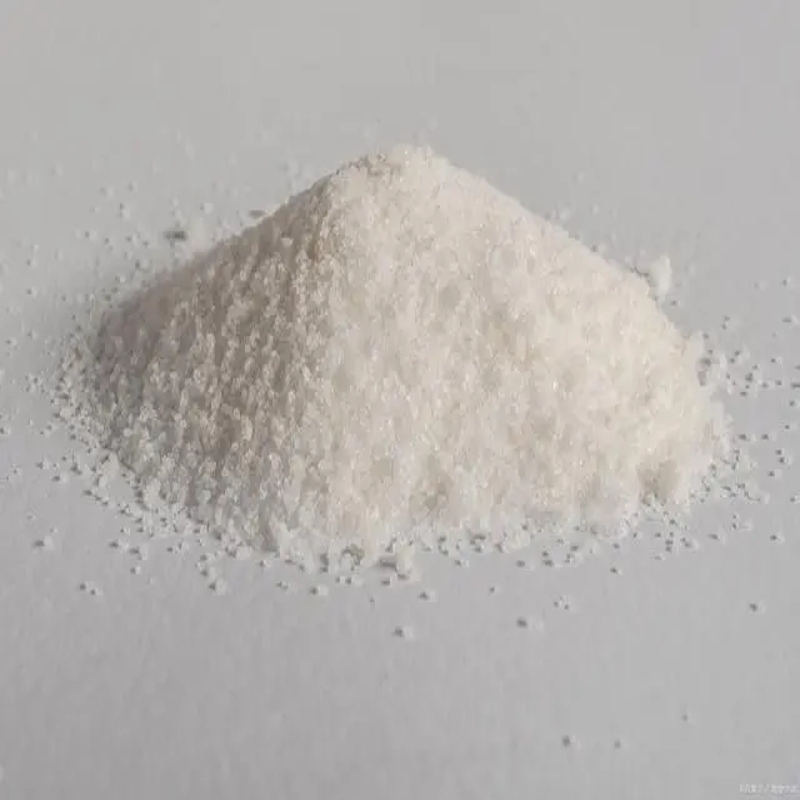-
Categories
-
Pharmaceutical Intermediates
-
Active Pharmaceutical Ingredients
-
Food Additives
- Industrial Coatings
- Agrochemicals
- Dyes and Pigments
- Surfactant
- Flavors and Fragrances
- Chemical Reagents
- Catalyst and Auxiliary
- Natural Products
- Inorganic Chemistry
-
Organic Chemistry
-
Biochemical Engineering
- Analytical Chemistry
- Cosmetic Ingredient
-
Pharmaceutical Intermediates
Promotion
ECHEMI Mall
Wholesale
Weekly Price
Exhibition
News
-
Trade Service
1.
Explosion is a very rapid physical and chemical change of matter.
Two, the duality of the explosion
(1) Controlled explosion
If the explosion is controlled, the mechanical energy generated during the decomposition explosion (explosion of explosives is generally decomposed explosion) can be applied to mining roads, directional blasting, etc.
(2) Uncontrolled explosion
Once the explosion is out of control, it will lead to an accident, which may cause personal injury or death and property damage
Three, the type of explosion
There are three types of explosions: nuclear explosion, physical explosion, and chemical explosion
(1) Nuclear explosion
Nuclear explosion refers to the instantaneous process of nuclear fission chain reaction (atomic bomb) and nuclear fusion reaction (hydrogen bomb) releasing large amounts of energy
(2) Physical explosion
The explosion caused by the physical energy released by the system generally refers to the explosion that occurs due to the rapid expansion of the liquid into vapor or the rapid expansion of the gas, and the rapid increase in pressure, which greatly exceeds the pressure limit and strength of the container
(3) Chemical explosion
A chemical explosion refers to a very rapid chemical reaction of a substance, which releases the potential chemical energy in the substance in a very short time, resulting in a high temperature and high pressure state, causing an explosion
The starting energy required for chemical explosions can come from external energy, that is, external energy, such as heat, friction and vibration (metal spoon sampling, crushing, intermolecular collision, crystallization, high-concentration stirring and rotary steaming, etc.
Generally speaking, the explosion phenomenon has the following characteristics: ①The explosion process proceeds quickly; ②The temperature near the explosion point rises sharply, and the pressure rises sharply to produce shock waves; ③The surrounding medium vibrates or is mechanically damaged: ④Due to the vibration of the medium Make a sound







